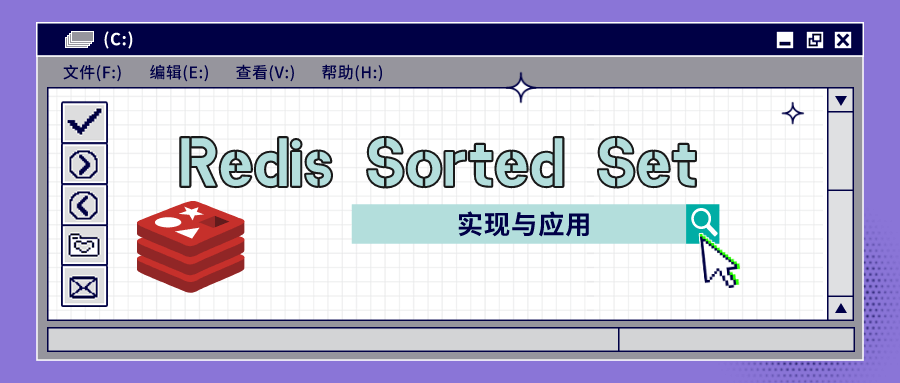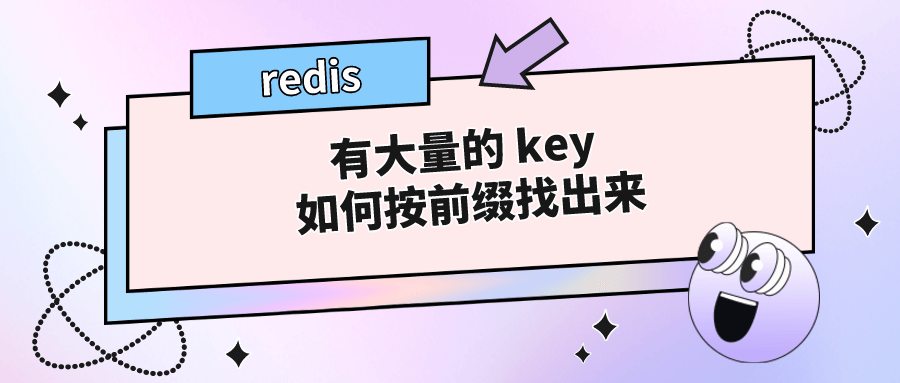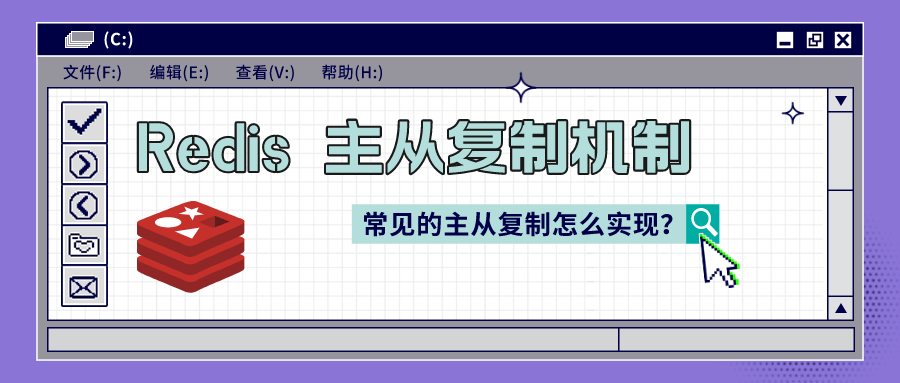IO多路复用和多线程会影响Redis分布式锁吗?
前言
前置知识
- Redis 虽然是单线程的,但是它利用了内核的 IO 多路复用,从而能同时监听多个连接
- Redis6 出现了可以利用多个 IO 线程并发进行的操作
那么问题来了,这两者会导致我们的分布式锁的原子性有影响吗?
我们知道当我们使用 redis 作为分布式锁的时候,通常会使用 SET key value EX 10 NX 命令来加锁,获得锁的客户端才能成功 SET 这个 key,那么问题来了,这条命令在多线程的情况下是一个原子操作吗?
其实答案是显而易见的,因为 redis 的设计者肯定考虑到了向前兼容的问题,并且也不会让这样的特性消失,所以在问这个问题以前,我虽然不能肯定,但是还是能自信的回答,但没有足够的底气。 今天的目标就是找到真正的原因。
问题的两个方面
上锁
上锁,没啥多说的直接 SET key value EX 10 NX 就可以了
解锁
解锁,有两种:
- 一种是客户端自行保证锁只有自己拿自己解,那么直接让自己去
DEL就可以了 - 另一种是不信任客户端,那么可以使用 lua 脚本,先通过 get 确定对应 key 的值是否正确,如果正确再 del,整个 lua 脚本通过
EVAL执行
只要上锁和解锁操作都能保证,就能解决问题。
执行命令的过程
那么问题的关键就是命令的执行过程,Redis 执行命令也是需要有过程的,客户端一个命令过来,不会直接就啪的执行了,而是有很多前置条件和步骤。
大致可分为:
- 读取
- 解析
- 执行
- 返回
其中,命令读取和解析显然是不会影响数据的,所以当然多线程执行也没有问题。最关键的步骤也就是执行了。
IO 多路复用
先来看看 IO 多路复用会有影响吗?
代码来自: https://github.com/redis/redis/blob/074e28a46eb2646ab33002731fac6b4fc223b0bb/src/ae_epoll.c#L109
1 | static int aeApiPoll(aeEventLoop *eventLoop, struct timeval *tvp) { |
没事,不要担心看不懂,只要抓住最关键的地方 epoll_wait 这个我们很熟悉对吧,我们就可以看到这里一次循环拿出了一组 events,这些事件都是一股脑儿过来的。
其实 IO 多路复用本身没有问题,无论是 select 还是 epoll 只是将所有的 socket 的 fd 做了一个集合而已,而告诉你那些 fd 出现了事件,让你具体去处理。如果你不愿意多线程处理这些读写事件,那么 IO 多路复用是不会逼你的。
多线程
多线程倒是真的有可能会出问题。那如果我们自己去考虑实现的话,当一个命令被多线程去同时执行,那势必会有竞争,所以我们为了尽可能利用多线程去加速,也只能加速,命令接收/解析/返回执行结果的部分。故,其实 Redis 的设计者也只是将多线程运用到了执行命令的前后。
代码在: https://github.com/redis/redis/blob/4ba47d2d2163ea77aacc9f719db91af2d7298905/src/networking.c#L2465
1 | int processInputBuffer(client *c) { |
同样的,也不用慌,抓住重点的部分
- 当出现
CLIENT_PENDING_COMMAND状态的时候是直接 break 的,后面就根本不处理,而这个状态就是表示客户端当前正在等待执行的命令。在这个状态下,客户端不能发送其他命令,直到当前命令的执行结果返回。 - 最终执行命令是在
processCommandAndResetClient方法
总结
总结一下,IO 多路复用本身其实没有影响,而 Redis 真正执行命令的前后利用多线程来加速,加速命令的读取和解析,加速将执行结果返回客户端。所以,本质上 “IO多路复用和多线程会影响Redis分布式锁吗?” 而这个问题与分布式锁其实没有必然联系,分布式锁本质其实也是执行一条命令。故,其实面试官问这个问题的原因更多的是关心你对 IO 多路复用和多线程在 Redis 实践的理解。









